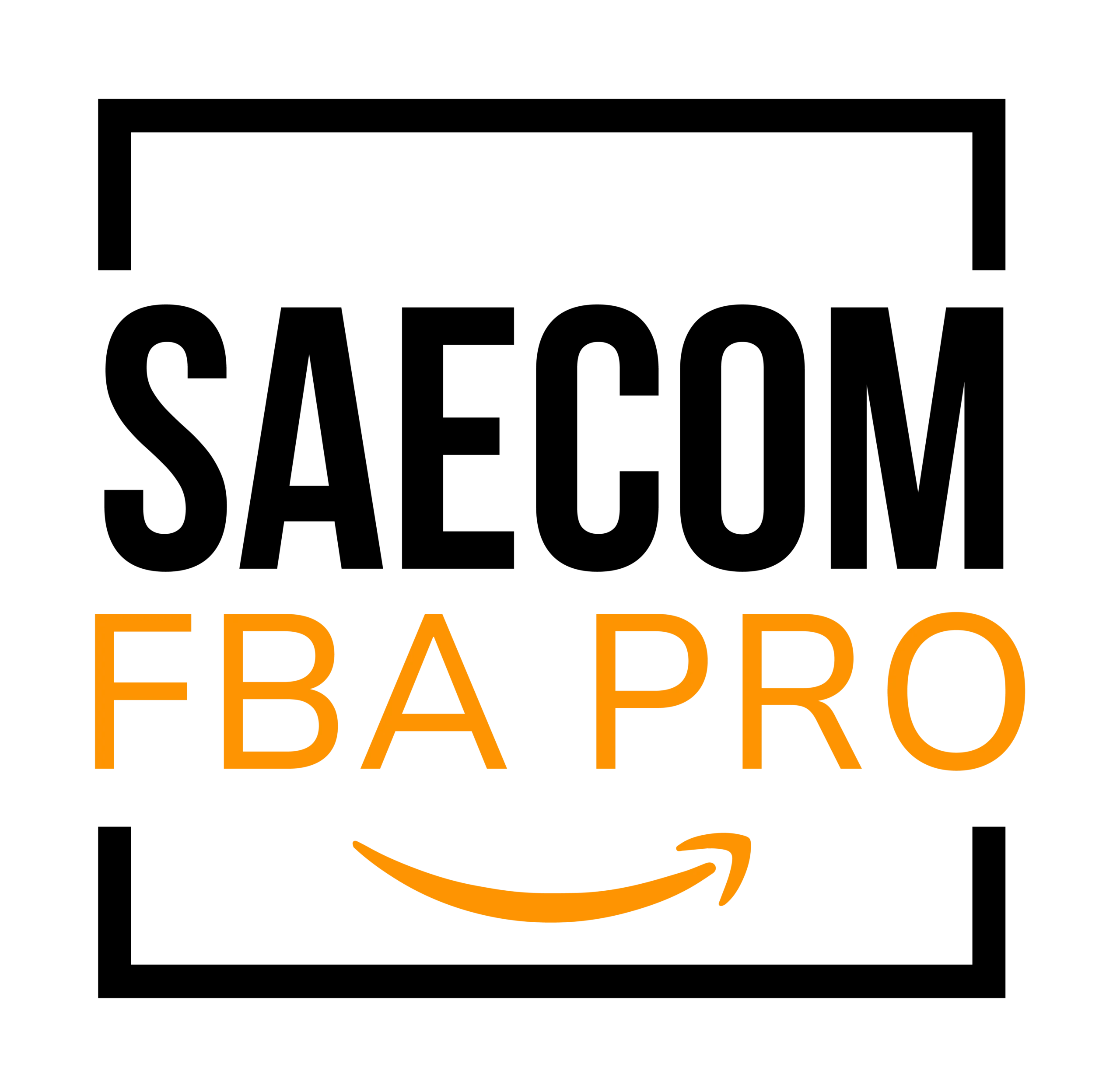Amazon RMA Guide: Simplifying the Return Process
As an Amazon seller, handling returns is part of maintaining excellent customer service. The Return Merchandise Authorization (RMA) number plays an important role in tracking these returns accurately. That’s why it’s essential to understand how RMA numbers function and how to use them to process returns smoothly.
In this article, we’ll cover everything you should know about Amazon RMA numbers, including their benefits, how to obtain them, and how they work in practice.
What Is an Amazon RMA Number?

An Amazon Return Merchandise Authorization (RMA) number is a unique code generated by Amazon to monitor return requests for a refund, replacement, or repair.
When a customer decides to return an item, they submit an RMA request. Amazon then issues them an RMA number, which must be included when shipping the item back.
The RMA number benefits both parties: for buyers, it ensures their return is processed promptly and accurately; for sellers, it provides a way to track returns while reducing fraudulent activity.
How Does RMA Work on Amazon?
The return process differs depending on whether you are an FBA (Fulfilled by Amazon) seller or an FBM (Fulfilled by Merchant) seller. For Amazon FBA sellers, Amazon manages the entire return process. For FBM sellers, Amazon may automatically approve returns, or sellers may need to approve them manually. In both cases, the RMA number tracks the return throughout the process.
Amazon RMA Process for FBA Sellers (Step-by-Step)
- The buyer initiates a return request.
- Amazon’s automated system reviews the request.
- Amazon checks if the request falls within the return policy. If eligible, the return is approved.
- Amazon issues an RMA and a prepaid shipping label.
- The buyer sends the item back to Amazon with the provided label.
- Once Amazon receives the item, it inspects it. Depending on the condition:
- If the product is resellable, it’s returned to inventory, and sellers may receive partial referral and closing fee refunds.
- If the item is unsellable due to Amazon’s fault, it won’t return to inventory, and Amazon reimbursement the seller for the sale price plus applicable fees and taxes.
- If the issue is seller-related, the item is not added back to inventory, but Amazon refunds the seller’s fees.
Amazon RMA Process for FBM Sellers (Step-by-Step)
- The customer submits a return request.
- Amazon may automatically approve it (if within the return window), or the seller may review and approve manually.
- Once authorized, Amazon generates an RMA number, and the buyer ships the product back to the seller.
- The seller inspects the returned item and decides:
- If it’s in sellable condition, they refund the buyer and can relist the product.
- If it’s unsellable, they may refund the buyer or provide a replacement.
- If manually authorizing, sellers can use Amazon’s suggested RMA or create their own.
Advantages of Amazon RMA

Convenience
For customers, RMA provides an easy way to return defective, damaged, or inaccurate products. They can submit requests directly through Amazon, receive a prepaid shipping label, and track the return using the RMA number.
Peace of Mind
RMA gives buyers confidence, knowing they can return products that don’t meet expectations. This assurance makes shopping on Amazon more appealing.
Fewer Returns in the Future
By tracking returns with RMA numbers, sellers can identify which items or listings cause frequent issues. Addressing these problems can reduce return rates over time.
Better Product Quality
Analyzing returned products allows sellers to spot quality issues and make improvements. This leads to better customer satisfaction and fewer complaints.
How to Find an RMA Number on Amazon
For Sellers
Sellers can view RMA numbers in Seller Central under: Manage Returns > Return Authorization Number.
For Buyers
Customers can find RMA details by going to Orders > Return or Replace Items > Return Authorization Number. It’s also listed on the Return Authorization Slip.
If the RMA Is Lost
If the number is misplaced, contacting Amazon’s customer support will allow you to retrieve it.
What’s the Difference Between RMA, RA, and RGA?
These terms are often used in the context of product returns and are sometimes interchangeable. However, there are subtle differences:
- RMA (Return Merchandise Authorization): The standard process for returning items for refund, replacement, or repair.
- RA (Return Authorization): A broader term that refers to any type of return approval.
- RGA (Return Goods Authorization): A specific type of RA used when returning defective or damaged products.
Final Thoughts
RMA numbers are crucial for keeping Amazon returns organized and efficient. They allow sellers to handle returns quickly, track issues, and improve customer satisfaction.
Although returns can be challenging, sellers can minimize them by focusing on high-quality products with strong customer feedback and low complaint rates.


